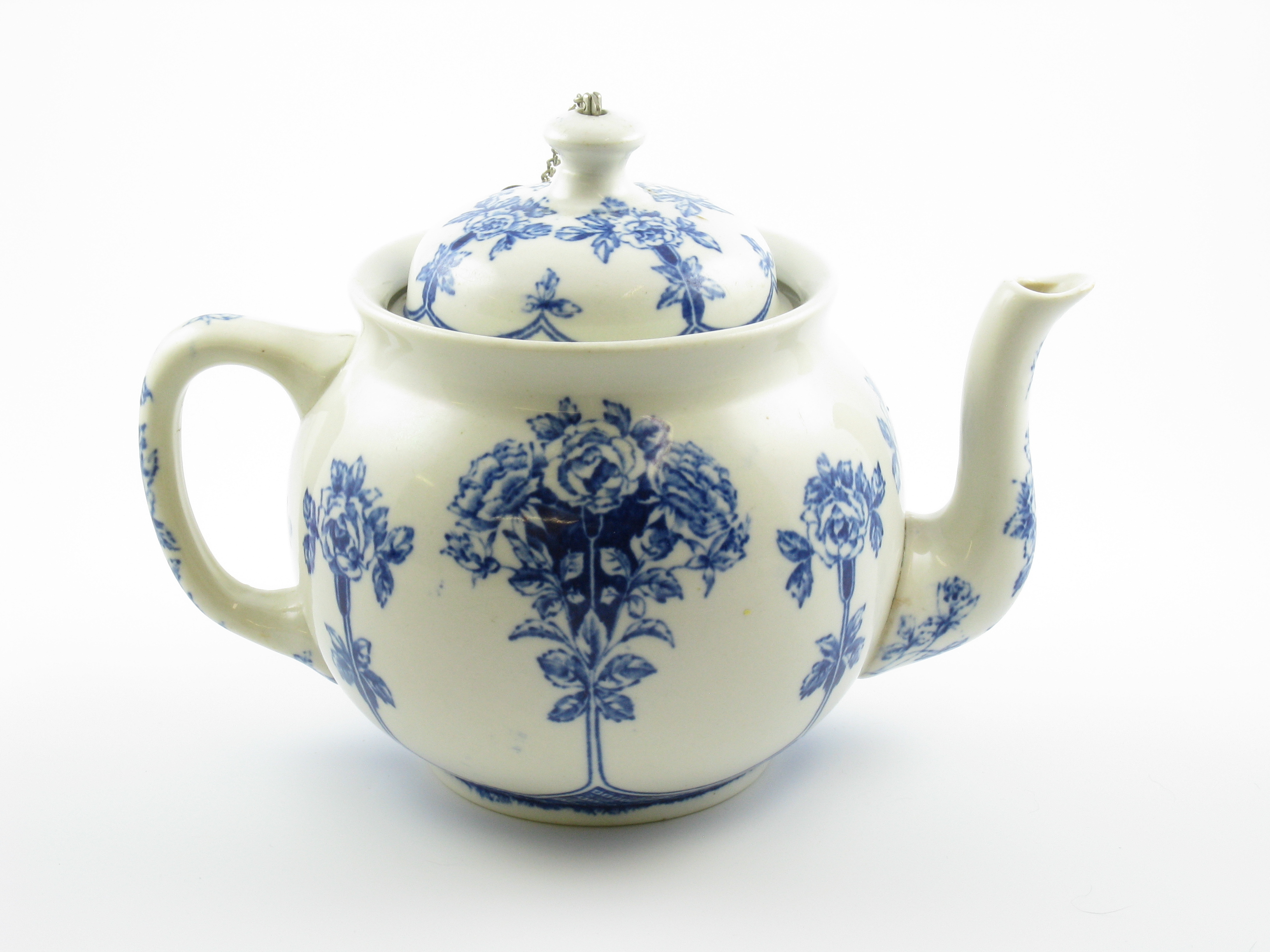Dedicated to my nephew, the inspiration of
this work
 |
| ©Astocker |
While
singing to my nephew the children’s rhyme “I’m a Little Teapot,” a realisation occurred
to me, which made me question whether this song is, in fact, appropriate to teach
to children. In the first line, the author establishes that the speaker is a
little teapot and in the final line, it is said that the speaker is also tea which
can be poured out. These two lines suggest that there is an ontological inconsistency
with the teapot in the song. One must question whether it can be truly asserted
that the speaker can be both a teapot and the tea? Prima facie, one
might assert that there is not a contradiction, that it is a necessity that a teapot
has tea. However, consider a triangle which a priori requires by its
definition that it has three sides and three angles which culminate in 180
degrees. The various aspects which make up the definition of a triangle are an
ontological necessity. Unlike a triangle, a teapot can be separated from the
tea as the song itself admits. A teapot can exist that is without any tea and
therefore, it is not an ontological necessity.
One might
assert that there is a problem, that this understanding of a teapot does not
constitute a teapot but rather a pot. After all, if tea is not essential to the definition then it is not a teapot. A jam sandwich, for
example, needs the jam to be in the sandwich otherwise it cannot be called a
jam sandwich. However, even if the tea is not an essential part of the teapot
that does not mean that they have no relationship with each other, there is a
relationship that is on the ontological level. It is the final cause or telos.
The telos of a teapot can be seen to hold and then deliver tea. As
Aristotle acknowledged a being may never achieve the ends in which they were
designed for. A teapot can sit on the shelf, never used and never achieving its
telos. Tea is the means in which a teapot achieves its telos. Therefore,
one can assert that tea is not part of the ontological definition of a teapot,
without it resulting in a teapot being only a pot and it does not exclude tea
from being an important aspect of its nature by being its telos. To
return to the image of a jam sandwich, it cannot be said that two pieces of
bread are analogous to a teapot. Bread and jam can be seen as the material
cause of a jam sandwich, they are the raw materials which make a sandwich.
Bread alone is only the potentiality of a jam sandwich; the bread could be used
to make toast instead. The bread is not the equivalent to the teapot, the
material cause of the teapot is the material that it consists of whether it is china
or metal.
To
conclude, “I’m a Little Teapot” cannot maintain that the speaker is both the
teapot and the tea. The tea cannot be asserted to be an ontological necessity because
the teapot can be separated from the tea. This does not necessitate that the
teapot is understood to be a pot because the tea does have an important role because
it is the means in which it achieves its telos. As a result, it is
necessary that there is a need to reflect upon the future of “I’m a Little
Teapot,” whether the song should be allowed to continue. Alternatively, if it
is to continue it requires that the song is creatively edited. The final line
could be sung instead “Tip me over and pour tea out.” This would better reflect
the relationship between the teapot and the tea.

No comments:
Post a Comment